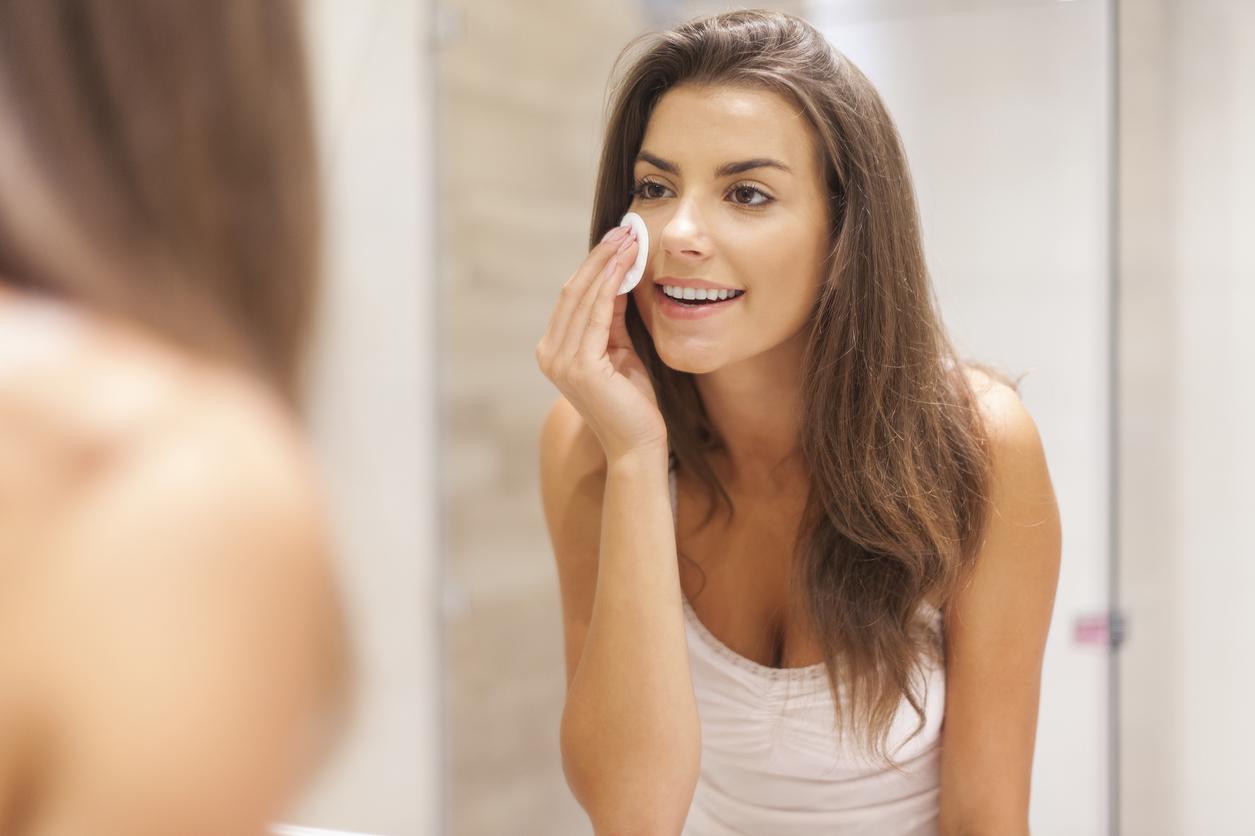1,4-dioxane: The cancer-causing ingredient lurking in your beauty products
And brands don't even have to list it on the label

Your support helps us to tell the story
From reproductive rights to climate change to Big Tech, The Independent is on the ground when the story is developing. Whether it's investigating the financials of Elon Musk's pro-Trump PAC or producing our latest documentary, 'The A Word', which shines a light on the American women fighting for reproductive rights, we know how important it is to parse out the facts from the messaging.
At such a critical moment in US history, we need reporters on the ground. Your donation allows us to keep sending journalists to speak to both sides of the story.
The Independent is trusted by Americans across the entire political spectrum. And unlike many other quality news outlets, we choose not to lock Americans out of our reporting and analysis with paywalls. We believe quality journalism should be available to everyone, paid for by those who can afford it.
Your support makes all the difference.Lawmakers are calling for a ban on a carcinogenic ingredient commonly found in body washes and lotions.
When it comes to grooming, we slather and lather beauty products onto our skin in an effort to look better and smell fresher. But what exactly is the true cost of our vanity?
Chances are, once your products go down the drain you don’t stop and think about what could be in them. Or maybe you did when microbeads – the small pieces of plastic in facial scrubs and makeup – made headlines last year.
Now, a new ingredient is coming under fire; 1,4-dioxane.
Found in everything from body washes to hand soaps and lotions, the Environmental Protection Agency claims it is a likely carcinogen. But despite that, it’s still found in a shocking 46 per cent of products and brands aren’t even required to list it on the label.
What’s more, it has an EWG (Environmental Working Group) score of 8, 10 being the most toxic.
A byproduct of other chemicals used in beauty products 1,4-dioxne can often escape your attention on the list of ingredients.
Consumers can try to avoid 1,4-dioxane by avoiding the following ingredients: PEG, polyethylene, polyethylene glycol, polyoxyethylene and -eth-
As such, Sen. Chuck Schumer of New York is calling for the ingredient, which he claims causes eye, nose and throat irritation, to be removed from all personal care products in the US.
Luckily, Schumer insists that 1,4-dioxane is relatively easy for brands to eradicate noting in a statement that “vacuum stripping” is a cost-effective way to remove it from personal care formulations.
Join our commenting forum
Join thought-provoking conversations, follow other Independent readers and see their replies
Comments